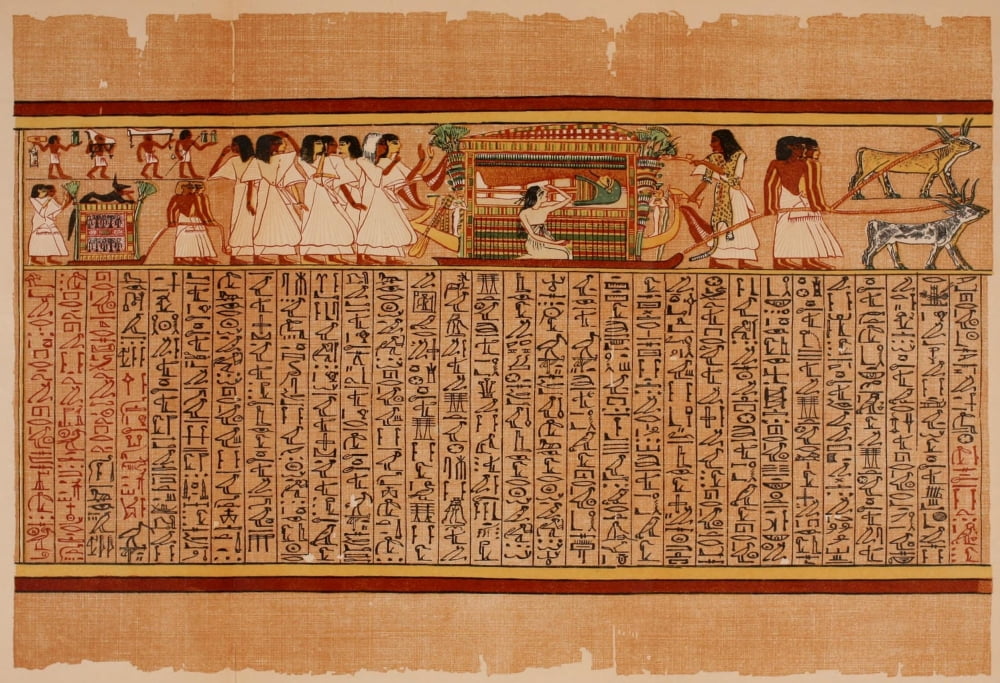

Kotwick’s introduction is extremely clear, ordered and complete, covering the views that constitute the communis opinio, but also offering also some personal insights.
#PAPYRUS AUTHOR REVIEW PROFESSIONAL#
Edmonds ( CP 103, 16–39): he is a professional in mysteries and rites who lives in the context of strong intellectual rivalry in the Athens between the fifth and fourth centuries. For her final account of the personality and context of the DA (59-63, see also 46), Kotwick follows the intriguing picture outlined by R. IX 5-10, XIV 2-10) and Zeus’ seizure of kingship amounts to the control of that heat by the Nous-air through the separation of a fiery mass that becomes the present sun (col. Bernabé has recently argued, the DA does build his cosmogony according to the divine kingships and successions: for him Cronus’ rule indicates the predominance of heat (col. From the microscopic analysis of the DA, Kotwick draws the conclusion that the sequence of events in the mythical story and in the cosmic exposition cannot be paralleled and there is no exact equivalence between the reign of a god (Cronus or Zeus) and a cosmic stage, since the DA works with individual terms (54, and 222-223). The DA isolates a key word from its mythical context, deduces its meaning through a linguistic technic and inserts it into a new context, a physical one (53). According to this assumption, the DA follows two steps in his exegesis: he atomizes the poem, distinguishing key words, and then he analyzes them, usually looking for other words that have the same sound (homonymy) or a similar one (paronomasy), or examining the different meanings of a term (polysemy) (50-51). In her treatment of the allegorical method, Kotwick observes that for the DA there is an analogy between the regularity and order of the cosmos and that of the Orphic poem: he has constructed it with single words, just like the universe consists of tiny particles (48). The comparison with other thinkers, especially with Empedocles and Heraclitus, is very illuminating. It belongs to the post-Parmenidean tradition and departs from the ex nihilo nihil fit-principle.

In the first one (34-35), Kotwick notes that the DA is well acquainted with the different teachings on the cosmos and uses some of their ideas in a creative manner to elaborate his own model.

In my view, the most appealing sections are those devoted to the debts of the DA’s doctrines to early philosophy and to his exegetical methods. The first part of the volume is a comprehensive introduction (11-63), in which Kotwick presents the most important aspects of the DP and its author (DA): the circumstances of the find, relevant dates (of the papyrus, of the text it contains and of the Orphic poem which is quoted and interpreted), its troubled editorial history, the theories about the identity of the author (none of them conclusive, but all useful nonetheless), the content of the treatise, the plot of the Orphic theogony, its comparison with the Rhapsodic Theogony (with which it has many points in common), the physical doctrines of the DA and its sources (pre-Socratic authors: Anaxagoras, Diogenes of Apollonia, Empedocles, the atomists, Heraclitus), the allegoresis of the Orphic theogony, the interpretation of the rites, and the profile of the author and his historic context. Janko, with new readings in numerous points, especially in the first columns, and an extensive commentary, with complete information and detailed explanations of every passage. The volume includes the most updated text of the DP, established by R. Burkert, one of the scholars who contributed most to the textual reconstruction of the DP and its comprehension, never published one. Strikingly, it offers the first complete translation of this outstanding text into German, since W. Kotwick’s remarkable book, included in the prestigious Sammlung Tusculum of Latin and Greek texts, fills a historical gap in the German language scholarship on the Derveni Papyrus (DP) and Orphic studies in general.


 0 kommentar(er)
0 kommentar(er)
